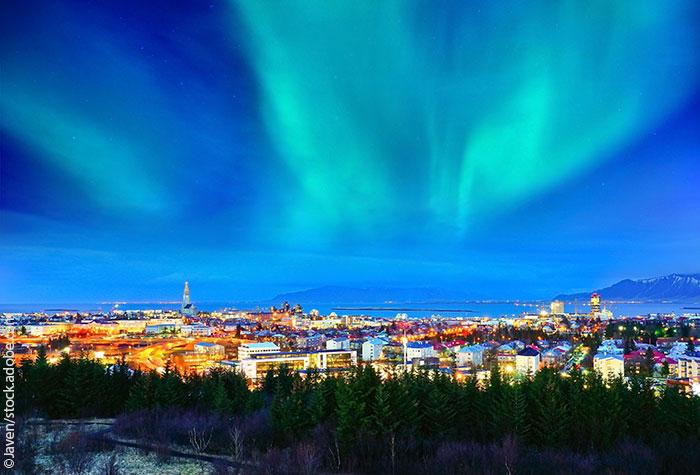The EU plays a critical role supporting innovation to drive sustainable economic development in the Arctic. This was the focus of a panel session organised by the EU and the Arctic Economic Council at the 2024 Arctic Circle Assembly.
Representatives from tech business, local government and the European Commission discussed how the EU’s efforts in infrastructure development, investments, and innovation can be leveraged to drive sustainable economic development in the Arctic.
‘The EU tries to be a strong and active player in the Arctic, and has sustainability in mind in everything it does,’ said Raphaël Goulet, Head of Unit for Ocean Governance, Law of the Sea and the Arctic, European Commission. The EU promotes innovation for Arctic sustainable development in four main ways
- supporting science, research and innovation
- mobilising financing
- boosting EU territorial cooperation
- setting norms for environmental and social protection
The EU has mobilised significant funding
to drive innovation and sustainable development in the Arctic, with diverse EU programmes and European Investment Bank financing injecting billions of euros into the region.
Notably, Horizon provides significant funding for projects ranging from climate change research to the development and production of solutions, such as hydrogen-based fuel cells in North Norway. Here, the European Investment Bank is a main investor in a battery factory in Northern Sweden, with almost a billion euros.

Supporting innovation on land, sea and space
‘The EU has set a standard in getting funding early into critical infrastructure projects,’ said Ik Icard, Director and Founder, Far North Digital, USA. He welcomed EU support in developing the first sea-floor fibre optic cable to cross the Arctic, in particular the assistance in carrying out research and comprehensive maritime surveys.
Moving from sea to space, the EU’s commitment to space technology means accurate, timely information can be used to enhance innovative solutions in the Arctic. Nina Soleng, Head of Communications, KSAT Kongsberg Satellite Services, said these range from fighting illegal fishing and preserving forests to providing connectivity and security.
At the heart of this effort is the Copernicus
Earth observation programme, with its constellation of EU-owned satellites, known as ‘Europe’s eyes on Earth’. Elisabeth Hamdouch-Fuehrer, Deputy Head of Unit for Earth Observation at the European Commission highlighted the programme’s six information services, noting that climate analysis, marine forecasting, atmosphere monitoring and emergency management are particularly relevant to the Arctic. To further facilitate access to Arctic data and information, her service recently launched the Copernicus Arctic Hub, providing a user-friendly platform for scientists, operational users, and local communities, with the aim to support decision-making and policy development.
Innovative, green – and just
The EU encourages sustainable economic development that is green and just, putting local people first, including indigenous and young persons. In northern Finland and Sweden, for example, the Just Transition Fund
is supporting industries undergoing profound changes due to a shift away from using peat and fossil fuels.
‘The EU sets very high standards on sustainability – making sure the green industrial transition is also just, so it benefits our communities as well as the local economy,’ said Carina Sammeli, Mayor, Municipality of Luleå, Sweden.
As part of its efforts to share knowledge and best practices with like-minded communities, Luleå is part of the EU-funded Arctic Urban Regional Cooperation network, a platform that brings together 15 towns and cities from Canada, Finland, Greenland, Iceland, Norway, Sweden and USA. This endeavour is yet another example of the EU’s commitment to fostering innovation and economic development in the Arctic.




